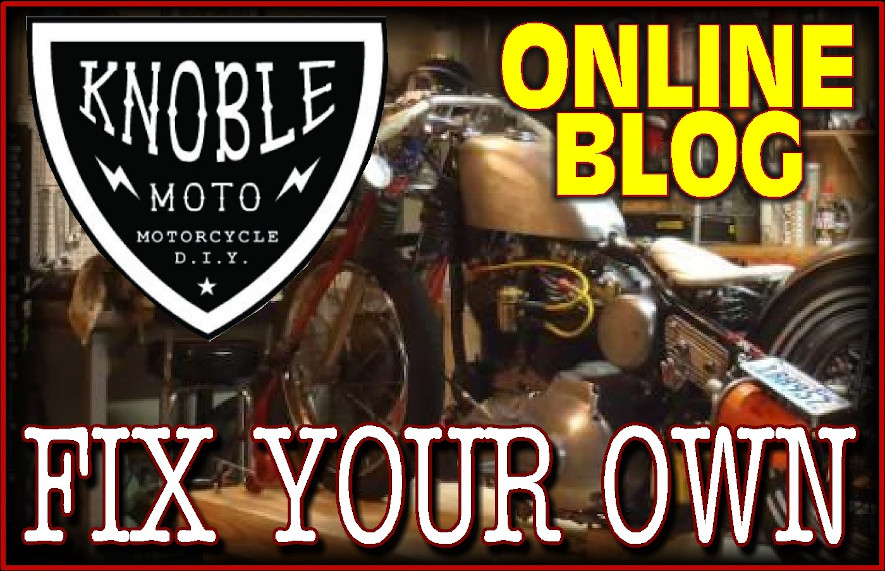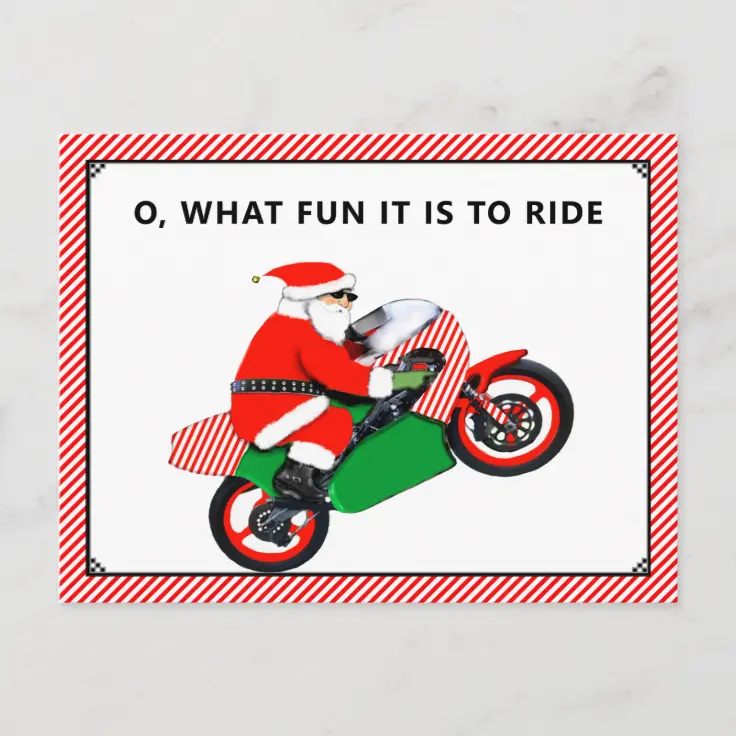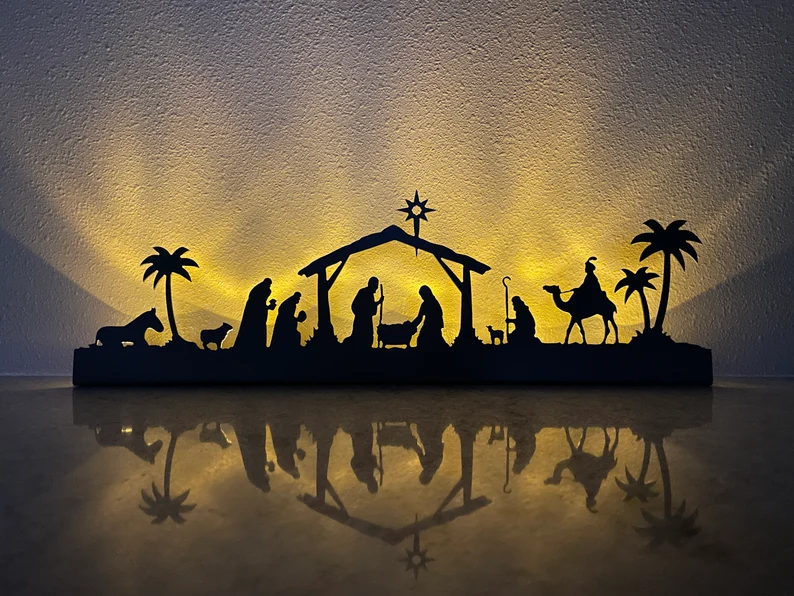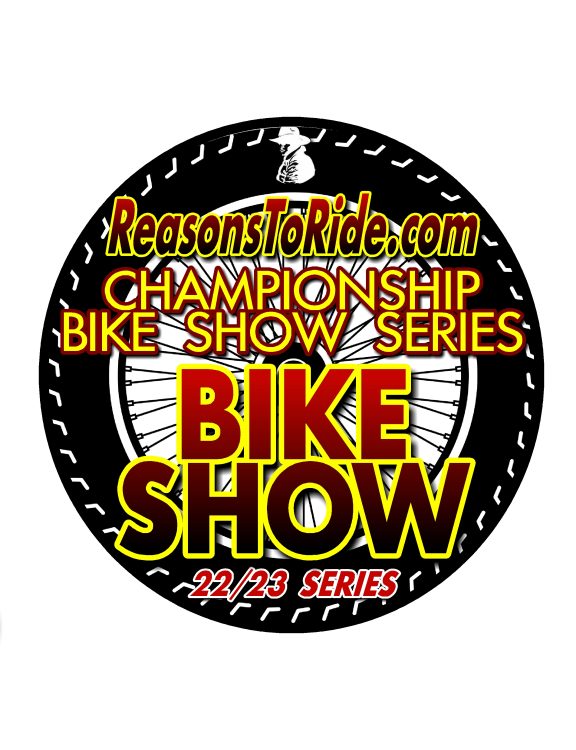
Winter Maintenance
The holidays have passed and it’s cold. Now I don’t completely hate winter because it gives me time to do maintenance on my bike, or the repairs that I have been neglecting throughout the final months of the riding season.
Before I dig into the bike, I will do a little homework online and see if there are items that are known to be problematic on whatever model of bike I am working on. I take advice on forums with a grain of salt, but I will still look into things that seem to be common, and make a judgment for myself.
Let’s look at the common mileage related maintenance points of most motorcycles.
Tires: How is your tread depth? Winter is a good time to find sales on tires, and get them swapped out before the spring thaw. Even if your tires have decent tread depth, you should consider how old they are. After about 5-6 years you should consider replacing tires because as tires age, the rubber gets hard. Older tires may ride fine on dry pavement, but as soon as you hit wet pavement, you will quickly notice how slick things get. New tires should handle about the same on wet or dry pavement, under conservative riding conditions. I am sure a few of you are going to balk at this notion, but think about how your car handles in the rain vs dry pavement. To find the “born on date” on the side of your tires, look around the sidewall and you will see a four digit number in an oval shaped spot. The first two numbers are the week of the year, and the second two numbers are the year in which the tires were manufactured. Example: “1317” would be the 13th week of 2017. This is also good to check when you buy new tires, so you don’t end up with a set that have been sitting on the self for 5 years.
Oil/fluid changes: Now you don’t necessarily need to change your oil in the spring just because the bike sat all winter. This is especially true with modern synthetic lubricants. Any moisture that accumulates in your oil will likely burn off within the first 15 minutes of engine operation. However if you are close to a scheduled oil change, now is a great time to knock it out, and then you get to start out on fresh oil in the spring.
Driveline: AKA Chains and Belts? HD belts should last at least 50k. I have heard of many lasting longer, but it is good to check the alignment and tension. Chain life can vary drastically based on type of chain and maintenance. Since sprocket changes generally come with chain replacement, wither is a good time to check the tension, alignment and wear. If your chain has side to side play, and/or your sprocket teeth are getting pointy, it’s time to for replacement parts.
Brakes: Look in there and see if you can see the friction material on your brake pads. This may take some time with a flashlight to see. Minimum thickness of the friction material is around .040”. A dime is about .050”, so if the friction material is thinner than a dime, it’s time to replace the pads. *A notable exception is the ‘08 and up H.D. bagger brakes. Those pads are thin from the manufacture, but they last a very long time. Refer to your owner’s manual for measurements.
Cables: This is a must do for any motorcycle regardless of miles and winter is a great time to dig into this. Loosen the adjusters and pull the rubber shields back and see what the cable looks like. If it looks frayed or rusty, replace it! Cables are generally cheap to replace, and your average mechanic can do it themselves with some time, patience, and a manual. Plus if you push your luck with old cables, it is likely going to leave you stranded sooner or later.
Battery tenders: There is no reason not to own and use one of these on your bike. The cheap ones work just fine and they are super simple to use. Put it on your battery whenever you are not going to be riding for a few weeks. Regular usage of a tender will make your battery last longer, and it will always be waiting with a full charge when you are ready to ride.
Now it’s no secret that it gets cold in the winter here, and freezing temps make hitting your knuckles hurt even more. Everything hurts more when it’s cold. Now maybe your garage does not have heat, but Skidmark Garage does! So stop on up and become a member, because everyone is welcome at Skidmark, regardless of skill or knowledge. If you join in the winter, Brian, the owner, will help figure out a way for you to get your bike to the garage. If mid repair you find yourself a little stuck, you can always ask another member for assistance. Or if there is an area you would like to learn a lot more about, like maintenance, carbs, or whatever, you can take a class from Knoble Moto.
Knoble Moto is a partner of Skidmark Garage. We teach classes for the DIY crowd, on all aspects of motorcycle repair. Entry level maintenance, valve adjustments, carburetor cleaning and tuning, drive line service, suspensions, and even engine work. Our class subjects are updated regularly, so check back often. If there is a subject you do not see covered, shoot me an email at knoblemoto@gmail.com Find us on Facebook at www.facebook.com/knoblemoto, Instagram Knoble_Moto and www.KnobleMoto.com



